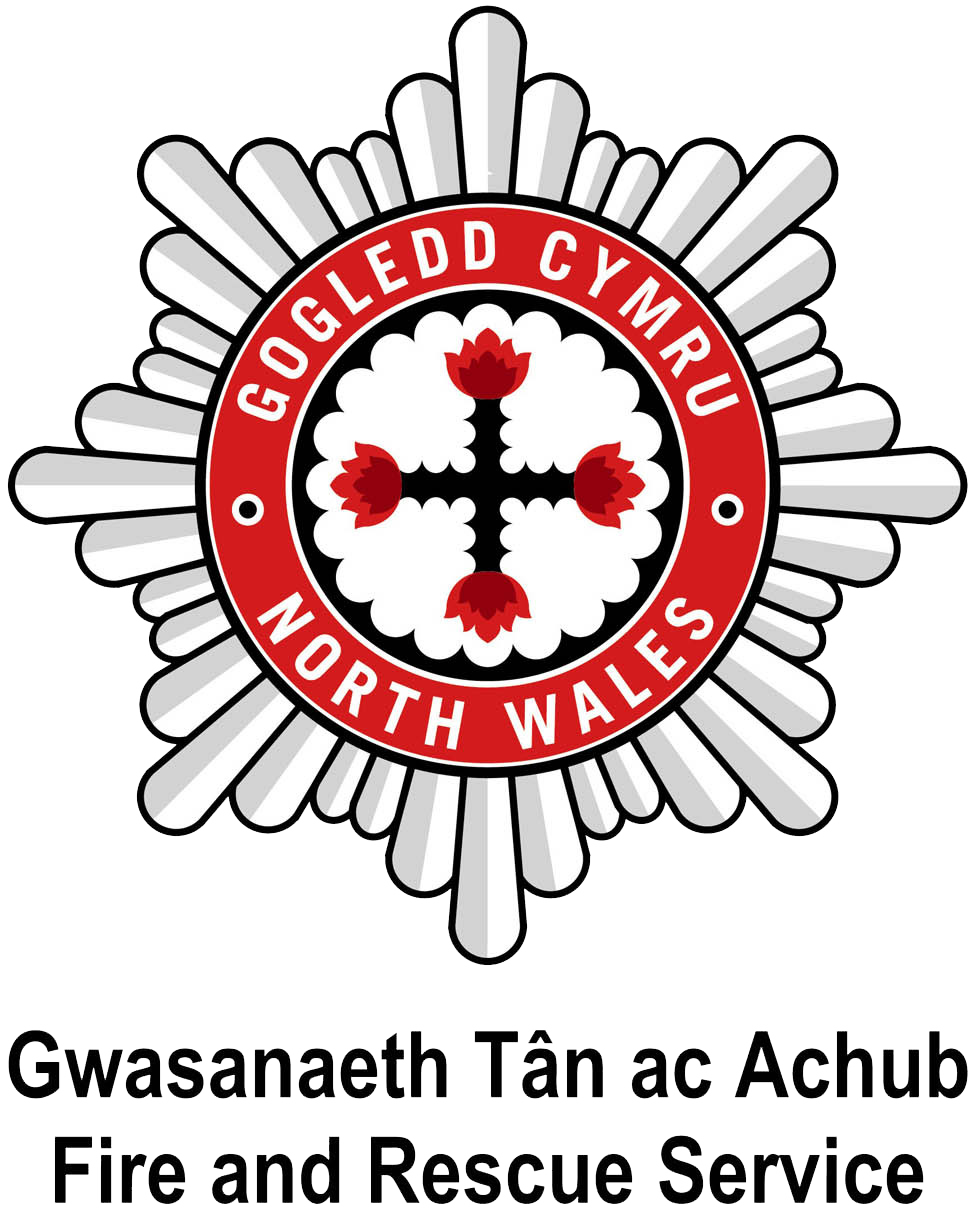Water safety
Water safety
North Wales Fire and Rescue Service urges everyone to enjoy time in, on, and around water safely—whether at home or on holiday. Tragically, lives are lost every year in coastal and inland waters, but many of these deaths are preventable.
The dangers of water
- It is very cold and could cause cold water shock or hypothermia.
- There may be hidden currents which could make it difficult to swim back to shore.
- It can be difficult to get out e.g. steep slimy banks.
- It can be deeper than it looks and can be difficult to estimate the water’s depth.
- In the water there may be hidden rubbish or debris e.g. shopping trolleys, broken glass.
- If swimming in rivers, quarries or reservoirs there will be no lifeguards around to help.
- The water may be polluted and cause illness.
Stay safe around water
Spot – spot the dangers
Advice – follow safety signs and advice
Friend – stay close to a friend or family member
Emergency – shout for help and call 999 or 112
Things to remember:
Respect the water. It’s stronger than you think
Most accidental drownings in the UK occur in inland waterways like rivers, canals, lakes, reservoirs, and quarries. Even calm-looking water can have strong currents, cold temperatures, and hidden dangers.
More information and resource are available as part of the National Water Safety Forum’s (NWSF) Respect the Water campaign. This national campaign was created by member organisations including NFCC. Resources and information can be used throughout the year. You can find out more about Respect the Water here.
Cold water can kill
Cold water shock can affect your ability swim, even in summer the water may look inviting but it can still be very cold.
It doesn’t matter if you’re a strong swimmer, jumping into the water to cool off can lead to cold water shock, which can result in drowning. Enter water slowly to acclimatise rather than jumping in.
You can learn more about cold water shock on the NFCC website.
Stay safe near open water
Most people who drown had no intention of entering the water, such as people walking and causes being slips, trip and falls.
Be careful not to lose your footing on your waterside stroll or run. Riverbanks and coastal paths can be unstable after very dry or wet weather.
Stick to proper pathways and keep clear of the edge. If in doubt take a different route.
Hidden dangers
Keep yourself and your mates safe. Jumping into water has risks.
Water depths can change and there could be hidden debris. Every year people need rescuing, suffer serious injuries, or even die because they jump into the unknown.
Know what to do in an emergency
Remember ‘Call. Tell. Throw’.
- Call 999 for help if someone is in trouble in the water. Never enter the water to attempt a rescue. Ask for the Coastguard at the coast.
- Tell them to float on their back.
- Throw them something that floats this can be lifesaving equipment such as a throwline, but anything that floats can help save a life.
Float to Live
If you fall into water unexpectedly, remember ‘Float to Live’:
- Tilt your head back with ears submerged
- Relax, breathe normally
- Move your hands to help you float
- Spread your arms and legs out
- Once your breathing is controlled, call for help or swim to safety
It could save your life.
Alcohol and water don’t mix
Annually a number of drowning incidents involve alcohol and/or drugs. Choosing to enter the water while under the influence or walking a route next to water after a night out can lead to drowning.
If you’ve been enjoying a drink with friends make sure you stay together. Don’t let a friend walk home and choose a safe route away from water. Don’t let man down become man drowned.

